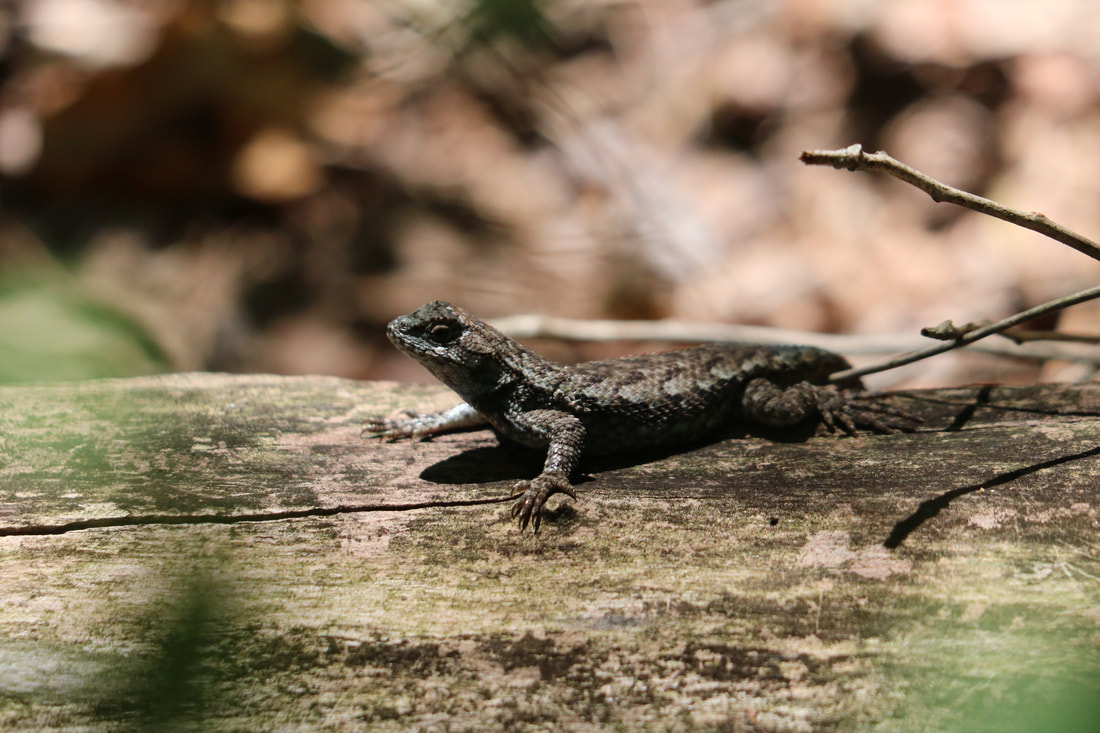FOR IMMEDIATE RELEASE
North Carolina’s Bear Harvest Sets Record for 2022 Season
RALEIGH, N.C. (June 7, 2023) — Results from the N.C. Wildlife Resources Commission’s 2022 annual bear harvest summary show that hunters statewide recorded the highest harvest total on record at 4,056 bears — an 11% increase compared to the previous season.
Record-breaking harvest totals were recorded in the Coastal and Mountain Bear Management Units (BMU), 2,533 and 1,468, respectively. The Piedmont BMU experienced its third-highest recorded harvest of 55 bears.
“The increase in the harvest in the Mountain BMU likely reflects the influence of the poor acorn crop we observed in the fall 2022 in this region,” said Colleen Olfenbuttel, the black bear & furbearer biologist for the Commission. “Acorn production has been surveyed by the Wildlife Commission for 40 years and when acorn production is poor, bears will move more in search of fall foods, making them more vulnerable to both vehicle mortality and legal hunter harvest.
For the Coastal BMU, the record harvest reflects the continued interest, both locally and nationally, in bear hunting in this region due to its reputation for large bears and, in some areas, high bear densities.”
Most of the bear harvest occurred in the Coastal BMU (63%), followed by the Mountain BMU (36%) and Piedmont BMU (1%). This is a trend that has stayed the course since the mid-1990s.
Other season results showed:
Statewide, most bears were harvested on private lands with 16% of the harvest occurring on Commission game lands.
In the Mountain MBU, 34% of the harvest occurred on Commission game lands.
Most successful hunters used the assistance of dogs for harvesting bears; however, the number of still hunters increased, with 41% of successful bear hunters reporting they used still hunting to harvest their bear in 2022. This is the highest percentage since the Commission started requesting this information via the Big Game Harvest Report in 2009.
“Bear hunting seasons are highly regulated and play a key role managing local bear populations, helping to resolve agricultural damage, reinforce a bear’s natural fear of people, and providing wild game meat to communities and families,” Olfenbuttel said “The 2022 bear harvest produced an estimated 591,700 plates of food, providing an important source of sustenance for many North Carolinians.”
Commission staff closely monitor trends in the harvest, including the female bear harvest, which was up 11% in 2022, comprising 40% of the statewide reported harvest. Since the 2015 bear season, the Coastal BMU had the highest ratio of females (43%) comprising the harvest among the three BMUs.
“The Commission works continuously to assure bear hunting seasons remain sustainable so that we can continue to maintain our successfully restored bear population,” Olfenbuttel said. “Based on our most current data, we are meeting the population objective for the Coastal BMU, which is to stabilize population growth.”
Biologists conduct research and monitoring efforts in all BMUs to have the best science to evaluate and inform current and future management decisions. This includes a bear population and density study they recently conducted in the Mountain BMU and a similar study currently being conducted in the Coastal BMU.
“These studies, in addition to other data, will assure our continued success in meeting our goal for the bear population, which is to use science-based decision making and biologically sound management principles to manage black bear populations in balance with available habitats and human expectations to assure long-term existence and hunting opportunities,” Olfenbuttel said.
Mandatory Bear Tooth Submission Program Helps Biologists Monitor Bear Population Trends
In 2021, with support from the N.C. Bear Hunters Association and the state’s bear hunters, the agency began requiring bear hunters to submit a premolar tooth from their harvested bear. The data gained from the tooth provides the Commission with information about the age structure of the harvest, which is used to monitor trends in the bear population and evaluate impacts of current and proposed changes to hunting season structures. After submitting their harvested bear tooth, hunters receive a hat and the age of their harvested bear.
“The mandatory tooth program has been enthusiastically embraced by our bear hunters, who for decades, have played a key role in assisting with our agency’s efforts to restore, and now manage, North Carolina’s bear populations,” said Olfenbuttel.
The Commission posts its annual harvest summaries on the black bear webpage under the Surveys and Reports section. A comprehensive Bear Annual Report is published in the late fall. The report is available on the agency’s website
https://www.ncwildlife.org/Portals/0/Hunting/Documents/Bear/NCWRC_Annual_Bear_Report_data_through_2021.pdf.
About the N.C. Wildlife Resources Commission
Since 1947, the N.C. Wildlife Resources Commission has been dedicated to the conservation and sustainability of the state’s fish and wildlife resources through research, scientific management, wise use and public input. The Commission is the state regulatory agency responsible for the enforcement of fishing, hunting, trapping and boating laws and provides programs and opportunities for wildlife-related educational, recreational and sporting activities.
Purchase or a renew a fishing, trapping and hunting license and renew a vessel registration online at ncwildlife.org.
Get N.C. Wildlife Update — news including season dates, bag limits, legislative updates and more — delivered free to your Inbox from the N.C. Wildlife Resources Commission.

 RSS Feed
RSS Feed